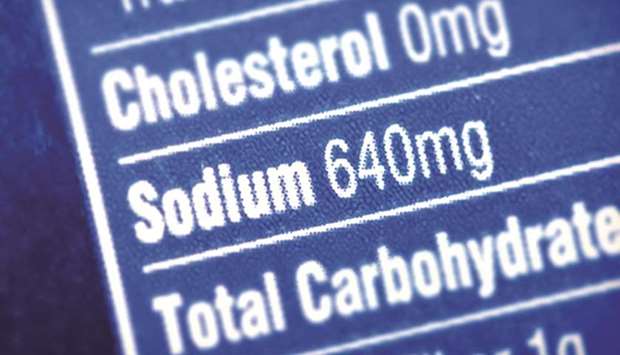As with much of this science of nutrition, experts don’t always agree on what’s best for us. Not that they don’t have good information. Sometimes we have lots of valid data. But Mr Jones’ response to a dietary change may be entirely different from Mrs Smith’s. Case in point, several respected organisations have come up with different recommendations on how low we should go with our intake of sodium. Depending on which experts you listen to, we should be consuming somewhere between 1,500 and 2,300 milligrams of sodium a day, according to an article on this topic by registered dietitian Karen Collins. That’s quite a bit less than the estimated 3,500 milligrams we Americans currently consume.
Why do we need to cut back on sodium, anyway? Excess sodium throws our body’s balance of fluids out of whack and can raise the pressure of blood as it flows through our arteries. This extra force can lead to heart damage, strokes, and kidney disease.
How do we get off the salt wagon? Believe it or not, most of the sodium we ingest is already in our food even if we never pick up a salt shaker. Pizza, sandwiches, soup and deli meats are some of the saltiest American foods, says the American Heart Association.
Here are some ways to cut back on salt and bring down the pressure:
lRead the label. “Low sodium” means less than 140 milligrams of sodium per serving; “Reduced sodium” means the food has at least 25% less sodium than its regular version. “Lightly salted” (nuts, anyone?) means this food has 50% less sodium than the usual product.
lChoose less processed foods. (Since sodium is a great preservative, it often hangs out in highly processed foods.) Instead of instant flavoured oatmeal, opt for one-minute cooked oatmeal, says Collins. Choose natural cheese rather than processed cheese. And use fresh, frozen (no sauce, please) or no-salt-added canned vegetables.
lSpeaking of vegetables, the now-famous DASH diet (Dietary Approaches to Stop Hypertension) is rich in fruits and vegetables, whole grains and low-fat dairy foods which provide an array of nutrients known to keep our arteries pliable and our blood pressure down. Potassium, for example, helps the body get rid of excess sodium. DASH is also rich in calcium, magnesium, nitrate (natural nitrates in food are good for us!), and other substances that keep our arteries from getting stiff and tight.
lLose the love handles. Experts calculate that we can bring our systolic (the top number) blood pressure down 1 mm Hg for every 2.2 lb(1kg) of weight loss.
While experts debate the actual numbers, this we know: Any dietary change that keeps our intake of sodium somewhere between 1,500 and 2,300 milligrams a day is probably a good thing for most of us.

High in sodium.
